Disclosure: Meeple Mountain received a free copy of this product in exchange for an honest, unbiased review. This review is not intended to be an endorsement.
The Ghoul Priest, crouching and wretched, terrified Daisy Walker. She’d spent untold hours of her life getting lost in occult manuscripts, tomes of spells and rituals, demonic encyclopœdias, but no amount of study could have prepared her. Illustrations and academic explanations didn’t capture, couldn’t capture the gnashing, the stench, the sound. She screamed.
Before the Ghoul Priest could strike, Roland stepped in between them, brandishing his pistol. “Christ,” he said, “this thing is nasty. Anything in your books about this guy?”
She shook her head, her senses coming back to her. Her hands shook as she riffled through the pages. “No, not at all.” She ran through the few spells she’d memorized, but nothing was relevant. “Not to be crass, but do you think you could just… shoot it?”
“I can shoot anything. Whether or not the bullets will do much…” His eyes ran up and down the creature. “…that’s a different question.”
Daisy looked down the hall towards the parlor, which until a few minutes ago had been covered by a pulsing green barrier. The woman in the parlor—yes, there was a mysterious woman in Daisy’s parlor, but that was the least pressing issue right now—probably knew something.
She darted down the hall.
“Where are you going,” Roland asked, barely masking his panic.
“I have an idea,” she shouted back as she burst into the parlor.
Lita Chantler, the mysterious woman, stood there, furious. “Why did you remove the barrier,” she accused. “Why did you rem—”
“Do you know how to kill it,” Daisy interrupted.
“You have to shoot him where the skull meets the neck,” Lita said.
Daisy grabbed Lita’s hand and ran back out into the hall. Roland was backing towards them. “I don’t have many bullets left,” he shouted.
“WHERE THE SKULL MEETS THE NECK, SHOOT HIM WHERE THE SKULL MEETS THE NECK!”
Roland opened fire.
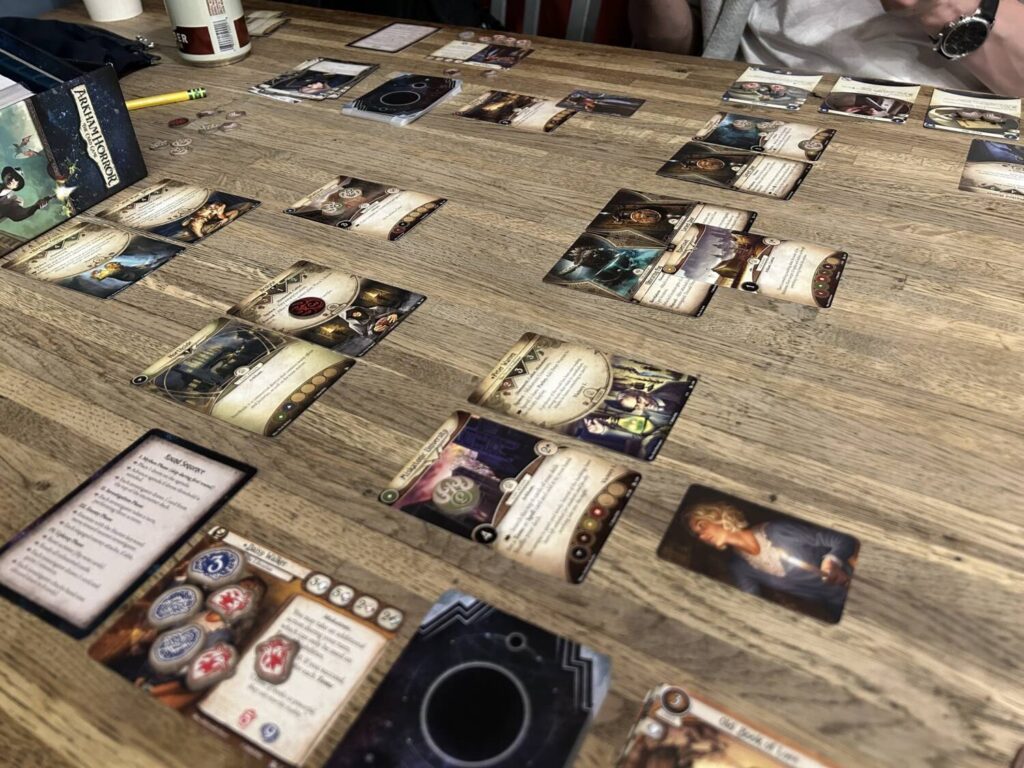
In the real world, that round of Arkham Horror: The Card Game was a bit drier: I used my three actions for the round to move the mini-card for librarian Daisy Walker from the hallway to the parlor, performed a test to complete a Parley action in order to take control of the Lita Chantler card, then moved Daisy Walker’s mini-card back to the hallway, so Boris’s character, Roland Banks, could make use of Chantler’s attack buff on his turn to hopefully complete several attack tests and do enough damage to the Ghoul Priest to kill it. You can see why I didn’t lead with that.
The mechanics of Arkham Horror: TCG are robust, but they are very much not the point. This cooperative Living Card Game™—an actual trademark, unlike most of the time I throw a “™” out there—aims to evoke noirish and Lovecraftian horrors, to prioritize story. Designers Nate French and MJ Newman translated many of the features of RPGs into this card game. You have a character, whose unique deck of spells, skills, items, and events shape how you can interact with the world. There’s a clear narrative with branching outcomes. You do things in the game by performing Tests, which are analogous to dice rolls; they pit one of your character’s four base stats against a stated threshold while your gear and allies provide modifiers. Instead of the random number generation of a die roll, you pull a random modifier token from the Chaos Bag (great name).
Locations and creatures are cards on the (necessarily large) table. Most sessions begin with a cluster of locations out on the table, which I love, because it immediately presents you with the fundamental horror question: do we split up to cover more ground, or do we stay together? Exploration reveals more information, but you also run the risk of being overwhelmed by nasty surprises. Every round starts with each player drawing something off the Threat deck, which, well, it’s all right there in the name. At a moment’s notice, Arkham Horror: TCG can go from the eerie calm of It Comes at Night to the full-on survival horror of Dawn of the Dead. If I were to encounter a hellhound in real life, I feel safe in assuming that it would be stronger than me; Arkham Horror: TCG agrees. Unless you are a federal agent with a gun or you’re carrying a machete, fighting things in this game is tough. It’s often better to run, but running doesn’t make the problems go away. It just gives them time to get worse.
I walked away from my first several plays of Arkham Horror certain that I had found a new personal favorite. Boris and I set into motions plans to tackle other campaigns. Spirits were high, skin was clear, crops were thriving.
Then we kept playing.

Every Eldritch Rose
With repetition, some issues arose. Boris became understandably frustrated with the difficulty of the standard setting—it’s entirely manageable, but even standard is punishing—so we downshifted to the easier setting. Easy is intended to be the story-forward setting, ensuring that the mechanisms almost never stop you from progressing, and…Arkham Horror: TCG immediately got boring.
Compare that to the experience I’ve had while playing through Earthborne Rangers the last few months. Earthborne Rangers is built off of Arkham Horror’s system. If you know how to play one, you are 90% of the way to knowing how to play the other. After a few weeks of Earthborne, we realized that we’d been playing with a few rules wrong. All of these rule misunderstandings worked in our favor. The game suddenly became much, much more difficult. It also became much, much better.
I think that comes down to the difference between Arkham’s Threat deck and Earthborne’s similar Path deck. The former always contains something bad, and it’s bad right away. Sometimes ‘tis but a scratch, and sometimes it’s disastrous. The Path deck contains a mix of good, bad, and neutral things, and the bad draws aren’t always bad right away. Arkham constantly upends your plans. It can be frustrating, depending on your disposition.
Also worth noting that the base game is thin on content. There are five character decks and a short, three-episode campaign. The campaigns won’t invite repetition for your average gamer. They’re a little too on-rails for that. That means the base game is only likely to yield three plays. For the cost—this is a $55 box—Arkham Horror: TCG should come with a full-length campaign, one with eight or nine episodes. The base box on its own is, frankly, not worth the money. It only becomes worth that investment when you combine it with equally costly expansions. Starting down the Arkham path gets expensive.
I had so much fun with my first few plays of Arkham Horror that I was caught off guard by the change in my feelings. People love this game. It is, it can be, a hobby unto itself. Despite loving it at first, six or seven sessions in, I don’t think I would play again. The stories don’t grab me the way the first few games did. The game play itself is fine, but it doesn’t offer the same possibilities and excitement that Earthborne Rangers does. For me, Earthborne Rangers is an Arkham killer, better suited to my tastes in every conceivable way. But who knows. Maybe I’ll come back around. What has risen may sink, and what has sunk may rise.



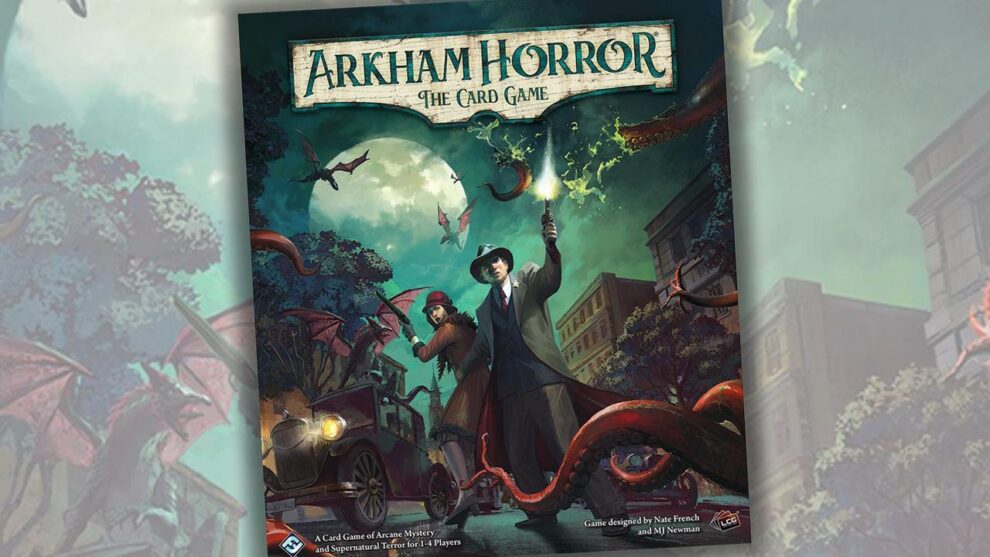

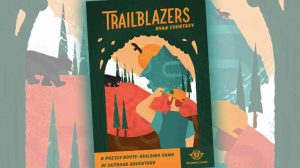
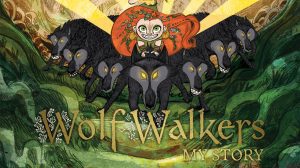
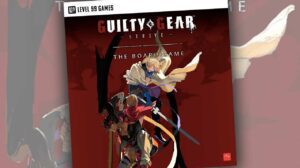



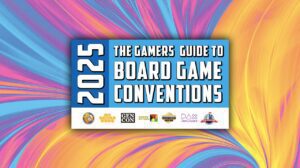
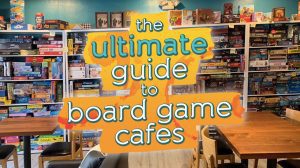
Add Comment